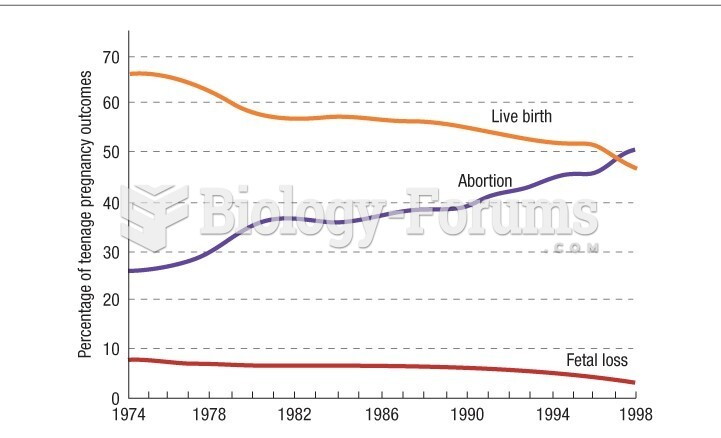Answer to Question 1
The sampling plan calls for a random sample of n =10 items with a cut-off of a = 1 red items. If 1 or fewer reds are found the shipment will be accepted; otherwise it will be rejected. The objectives are:
1. If the shipment meets the contract (no greater than 10 percent reds) we want to accept the shipment.
2. If the shipment violates the contract (more than 10 percent reds) we want to reject the shipment.
The binomial distribution can be used to determine the probability of meeting these objectives. First, we find P(x = 1, n = 10, p = 0.10 ) from the binomial table to be 0.7361. This is the probability that we will meet the first objective. Next, we find P(x 2, n = 10, p = 0.20 ) from the binomial table to be 0.6242, which is the probability of meeting the second objective. We would like both probabilities to be high (close to 1.000 ). These are middle-of-the-road and we most likely would conclude that the plan as stated is inadequate. However, the final decision needs to be based on the costs of not meeting the desired objectives.
Answer to Question 2
When p > 0.50, you have two options. The first option is to think in terms of failures rather than successesfor instance, if the sample size is n =10 and we originally want to find the probability of 3 successes when p = 0.70. Instead we can switch the problem around and instead of finding the probability of 3 successes, we can find the probability of 7 failures with the probability of a failure being p = 0.30. An alternative method is to use the q values at the bottom of each column (if the binomial distribution table being used has these values). Treat these as if they were the p values. Then locate the number of successes of interest in the right-hand column of the binomial table. Both methods will give the same result.








